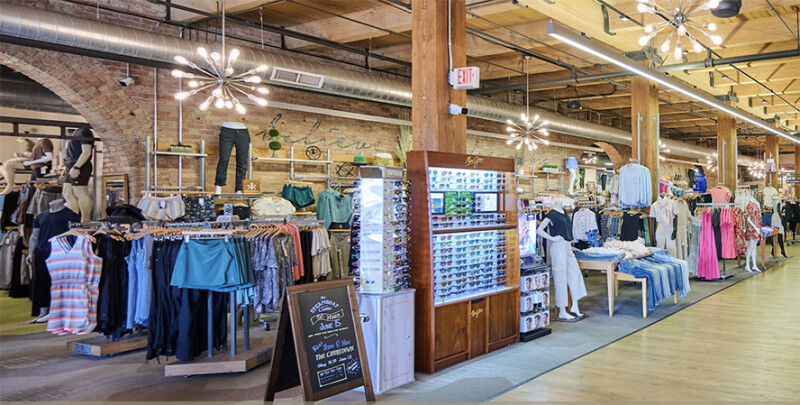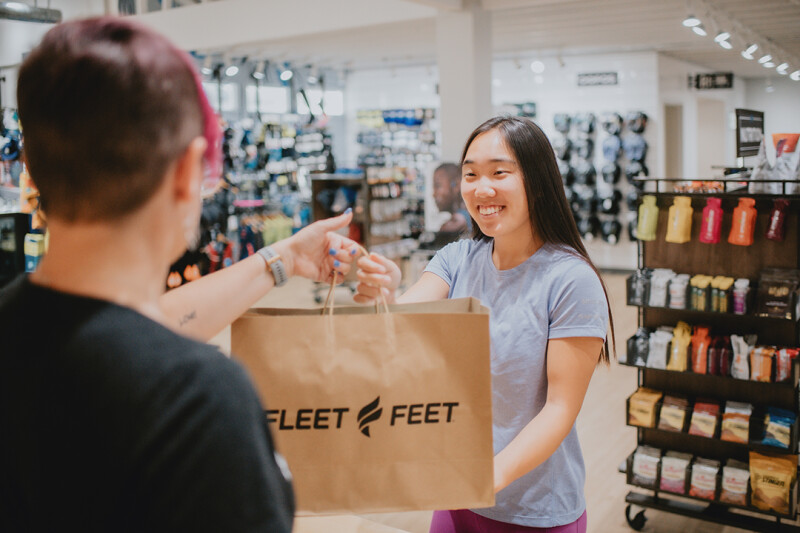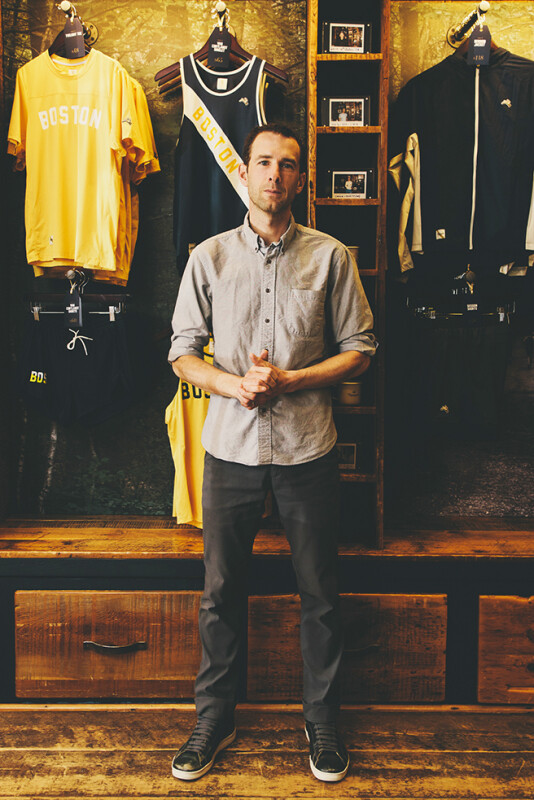Retail shrink is a growing issue across the industry — and it’s making a significant impact on run specialty retailers’ profits. Earlier this year, Target announced they’re bracing to lose half a billion dollars as a result of rising retail theft. Similarly, Dick’s Sporting Goods’ stock fell by 24 percent in August after a disappointing earnings call attributed an unexpected drop in profits to theft.
While many retailers rely solely on traditional loss prevention techniques and the latest in anti-theft displays, they might also consider adjusting their wholesale buying habits, brick-and-mortar store policies and the ways in which they communicate new changes to their loyal customers.
Working To Reduce Retail Shrink
When a retailer experiences significant losses, the consequences ripple throughout the value chain. Thankfully, run retailers can take a proactive approach, working with partnering brands to both reduce the risk of shrink and mitigate any theft-related inventory issues.
The top wholesale platforms simplify and accelerate reorders for retailers by presenting the ability to order more of the same SKUs with just a few clicks, providing order history visibility and offering available-to-sell (ATS) inventory. Brands can also use their wholesale platforms to increase the visibility of product delivery timelines so retailers can plan the reception and management of inventory — in a more secure manner and with far greater oversight.
Finally, wholesale partners can further support retailers with drop shipping options designed to reduce forms of retail theft that might occur behind the scenes, such as in warehouses and stockrooms.
Maintaining Desire While Limiting Access
Limiting consumer access to mass quantities of goods while creating desirable shopping experiences requires a delicate balance.
Displaying merchandise behind store counters can uphold attractive visual merchandising aesthetics while safeguarding inventory. Similarly, displays and fixtures located beyond store counters may be strategically restructured to limit consumer access to product while presenting merchandise in an attractive fashion.
Retailers may also enact protocols requiring consumers to leave collateral with store employees to be returned only upon receipt of any merchandise they take to the fitting room. When executed in tandem with excellent customer service, it’s a system that can thwart many would-be thieves without alienating consumers.
Retailers may adopt product-tracking technology and in-store surveillance to reduce the risk of consumer and employee theft with greater discretion. Finally, retailers are advised to work with their wholesale partners to hold less inventory and to place reorders with greater frequency.
Explaining New Policies To Loyal Customers
When retailers store less inventory onsite, it naturally produces delays in getting purchased merchandise into consumers’ hands. Retailers may communicate new policies and procedures to ensure loyal customers are never taken off guard.
A positive approach works best, positioning product delivery delays through the lens of discerning customer service. For example, retailers may invite consumers to shop in-person to receive their purchases via concierge-style delivery directly to their homes as soon as the very next day or shortly thereafter. Retailers may also openly address the challenges of shrink directly with their customers, emphasizing the importance of adopting new theft-prevention measures as a way to avoid the need to increase prices.
Though shrink is one of the greatest challenges faced by retail today, running brands and run specialty retailers alike can rise to the challenge with adjusted approaches to wholesale, visual merchandising and communication. New replenishment strategies and safeguards and greater visibility can reduce theft and strengthen wholesale relationships — all while maintaining customer loyalty.







